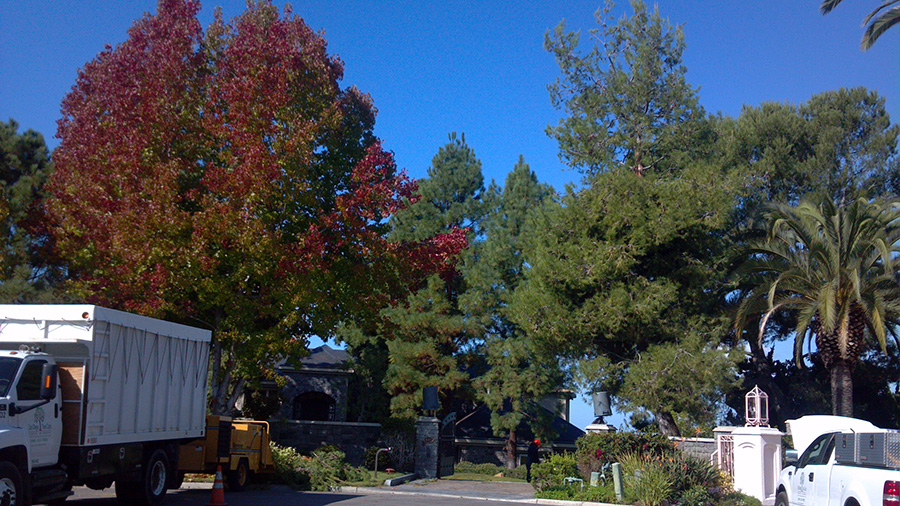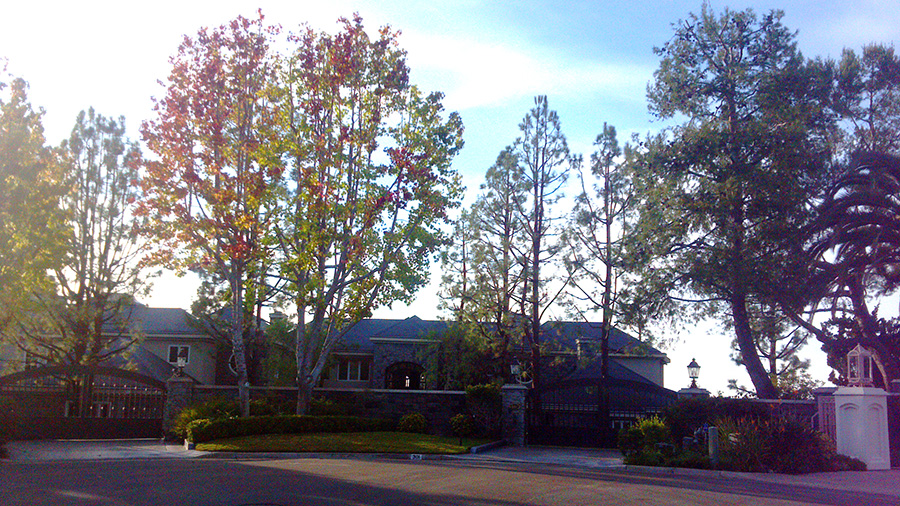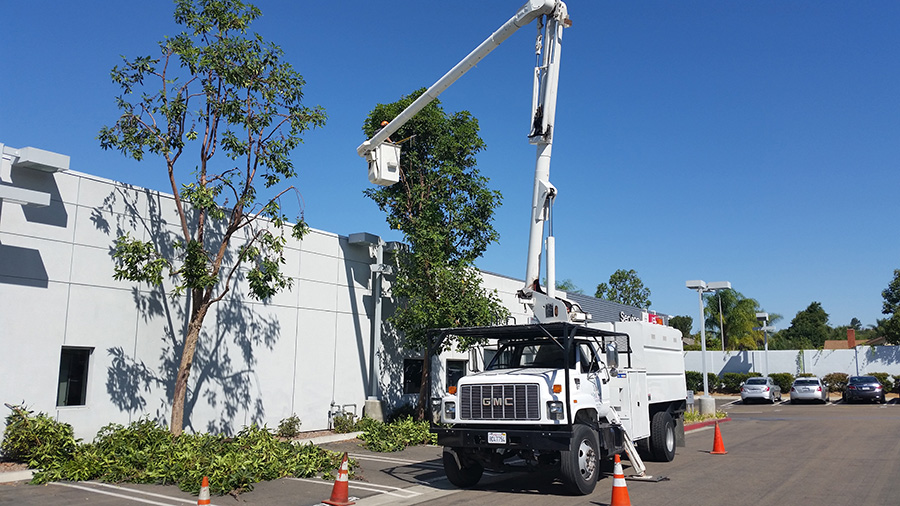Pruning/Trimming
Pruning / Trimming can improve the health, safety and appearance or your trees. Although forest trees grow quite well with only nature’s pruning, landscape trees require a higher level of care to maintain their safety and aesthetics.
At San Diego Tree Care, Inc.™ we can have and experienced arborist determine what type of pruning is necessary for your specific trees. Improper pruning can cause damage that will last for the life of the tree, or worse, shorten the tree’s life.
Proper Mature Tree Pruning Techniques:
Specific types of pruning may be necessary to maintain a mature tree in a healthy, safe, and attractive condition.
Crown Cleaning is the removal of dead, dying, diseased, crowded, weakly attached, and low-vigor branches from the crown of a tree.
Crown Thinning is the selective removal of branches to increase light penetration and air movement through the crown. Thinning opens the foliage of a tree, reduces weight on heavy limbs, and helps retain the tree’s natural shape.
Crown Raising removes the lower branches from a tree in order to provide clearance for buildings, vehicles, pedestrians, and vistas.
Crown Reduction reduces the size of a tree, often for clearance for utility lines. Reducing the height or spread of a tree is best accomplished by pruning back the leaders and branch terminals to lateral branches that are large enough to assume the terminal roles (at least one-third the diameter of the cut stem). Compared to topping, reduction helps maintain the form and structural integrity of the tree.
When to Prune
Most routine pruning to remove weak, diseased, or dead limbs can be accomplished at any time during the year with little effect on the tree. As a rule, growth is maximized and wound closure is fastest if pruning takes place before the spring growth flush.
Making Proper Pruning Cuts
Pruning cuts should be made just outside the branch collar. The branch collar contains trunk or parent branch tissue and should not be damaged or removed. If the trunk collar has grown out on a dead limb to be removed, make the cut just beyond the collar. Do not cut the collar.
If a large limb is to be removed, its weight should first be reduced. This is done by making an undercut about 12 to 18 inches from the limb’s point of attachment. Make a second cut from the top, directly above or a few inches farther out on the limb. Doing so removes the limb, leaving the 12- to 18-inch stub. Remove the stub by cutting back to the branch collar. This technique reduces the possibility of tearing the bark.



